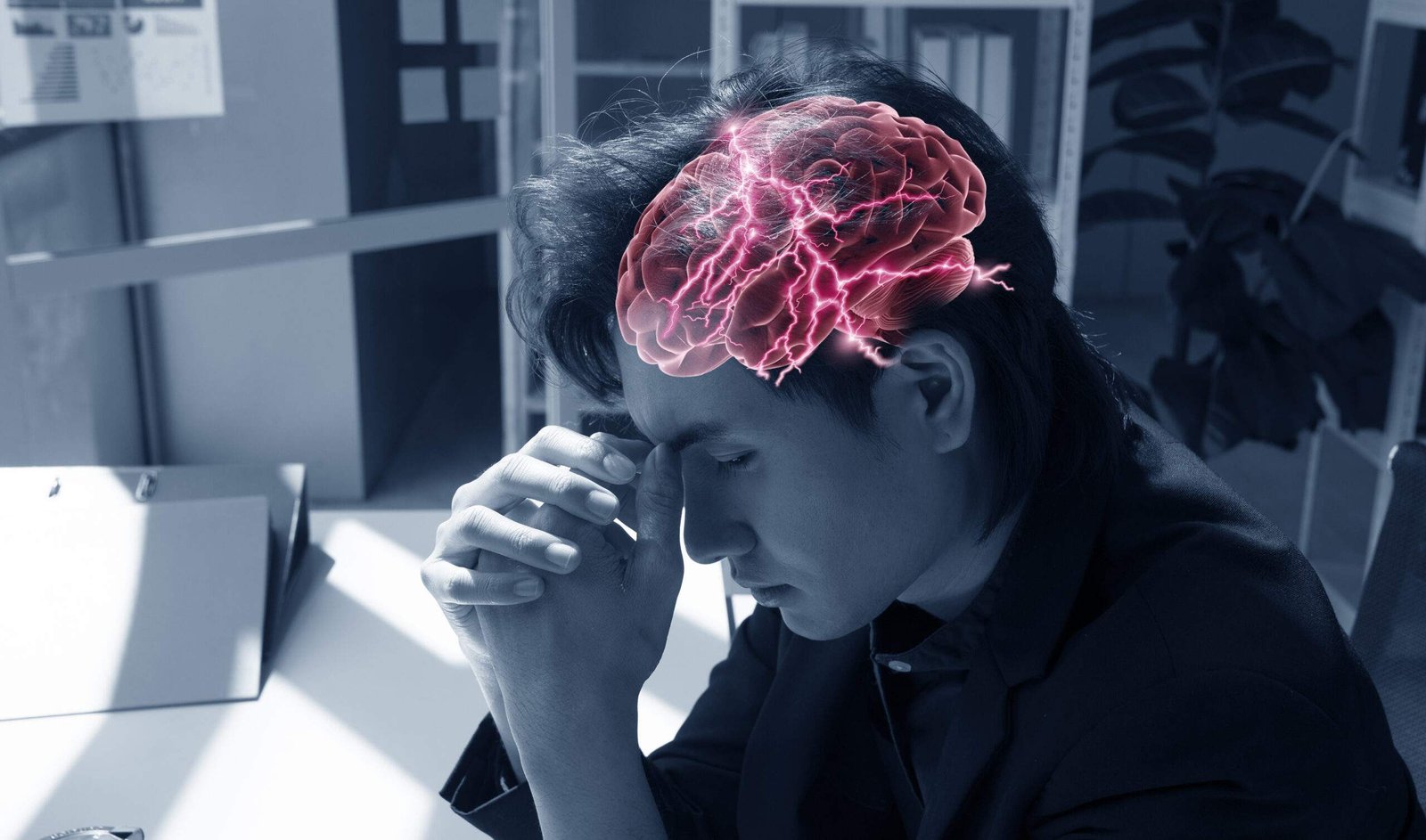Introduction
Bipolar disorder is a brain disorder that affects how you think, feel and behave. It’s characterized by shifts in mood, energy, and activity levels that can last from days to years. You may also experience episodes of mania (or hypomania) or depression.
If you have bipolar disorder, it hasn’t been easy living with this condition. You’ve likely tried many times to treat the symptoms you experience with medication or therapy — and maybe even some combination of the two.
However, it’s important to know that there are effective treatments available for treatment-resistant bipolar disorder: medications like lithium carbonate, antipsychotics like quetiapine (Seroquel) and carbamazepine (Tegretol), antidepressants such as bupropion (Wellbutrin), mood stabilizers like valproic acid (Depakote).
Although each drug has its side effects, most people can tolerate at least one medication without experiencing serious problems.”
What is bipolar disorder?
Bipolar disorder causes shifts in mood, energy, and activity levels that can be extreme.
It’s not the same as depression; it’s more like having two completely different personalities.
In people with bipolar disorder, these emotions can be triggered by stress or other life events. The symptoms may include:
- Irritability
- Anger (especially when feeling anxious)
- Confusion (for example, thinking that you’re doing something wrong)
- Anxiety about what will happen next
What are the symptoms of bipolar disorder?
There are many ways to describe the bipolar disorder, but one of the most common is that it’s a mood disorder.
It has been called manic-depressive psychosis or bipolar I (the “classic” form) and bipolar II (the “hypo,” which is less severe).
Symptoms can include:
- Extreme highs are followed by extreme lows; sometimes this pattern can be very rapid.
- Feelings of euphoria and energy, often with decreased sleep patterns; some people may experience periods of depression as well as mania—this is called mixed episodes because both types of symptoms occur at different times during the same cycle (or episode).
- People may also experience psychotic symptoms, such as hallucinations and delusions. These symptoms are not the same as the hallucinations associated with schizophrenia, which can include hearing voices or seeing things that aren’t there.
- People with bipolar disorder may also experience rapid speech, racing thoughts, and impulsive behavior. In addition, people with bipolar II are more likely than those with other forms of bipolar disorder to experience depression that lasts longer than two weeks at a time.
What causes bipolar disorder?
Genetic and environmental factors are responsible for the development of the bipolar disorder.
It’s not known exactly how these factors cause bipolar disorder, but they may include:
- Family history: If your mother or father had bipolar disorder, there’s a chance you’ll develop it as well.
- Pregnancy: Changes in hormone levels during pregnancy can increase the risk for bipolar disorder in some women (but not others).
- Stressful life events such as death or divorce can trigger episodes of severe depression or mania in people who already have symptoms of mania or depression
- Certain drugs, including antidepressants and stimulants, like cocaine and methamphetamines.
How is bipolar disorder diagnosed?
The diagnosis of bipolar disorder is based on medical history, physical exam, and lab tests.
The most common way to diagnose the bipolar disorder is with a clinical interview with your healthcare provider followed by an evaluation that includes:
- A mental health history that asks questions about your moods, behaviors, and activities over time. This may include questions about symptoms such as irritability or depression; thoughts about suicide; feelings of hopelessness; drug or alcohol use (including any misuse); sexual problems; angry outbursts/tantrums (in children); trouble concentrating or sleeping; sleepwalking/nightmares, etc.; risky behavior such as driving fast cars without wearing a seatbelt, etc.; gambling addiction, etc.; eating disorders including bulimia nervosa (binging) purging after meals).
- A physical exam is to check for medical problems that could cause or worsen bipolar disorder, such as thyroid disease and diabetes. A review of your family history to see if any relatives have had similar symptoms.
- Other medical tests may include: Blood tests to check for the presence of a hormone called prolactin and thyroid function. These tests can help rule out other conditions that can cause symptoms similar to bipolar disorder. A psychological evaluation that looks at how you think, feel, and act, as well as your relationships with others. The assessment focuses on how these factors impact your ability to function at home, work, and school.
Can bipolar disorder be treated?
Medication is the primary treatment for bipolar disorder, and it is effective in managing symptoms. However, psychotherapy can also help people with bipolar disorder manage their symptoms.
Talk therapy is considered an important part of any treatment plan because it helps you learn how to cope with your condition and control your moods.
Bipolar disorder can be treated successfully, but it’s important to get treatment early on so that you don’t develop other health problems or experience severe depression later on in life.
Bipolar disorder can be treated with both medication and talk therapy.
The first step in treating bipolar disorder is to understand the symptoms. Bipolar disorder can be treated effectively with medication and psychotherapy, but these treatments are not always enough on their own.
Medication can help treat symptoms of mania or depression, while therapy may be an important part of your recovery process if you have trouble coping with your condition or feel like your life has been negatively affected by it.
Therapy will teach you how to deal with stressors in the everyday life so that they don’t much affect your mood; it also teaches problem-solving skills like setting goals and making plans for achieving them (which might sound confusing at first).
Finally, therapy helps clients develop interpersonal skills by teaching them how to recognize when someone else is feeling stressed out about something else besides their problems—and then how best to approach them so as not to exacerbate things further!
Conclusion
Bipolar disorder is a serious illness that can affect the life of a person who has it. It can be treated effectively with medication and psychotherapy, but both of these approaches must be accompanied by lifestyle changes.
Because there is no known cure for bipolar disorder, it’s important to keep your doctor in the loop as you work towards recovery (and don’t forget that they know best).



